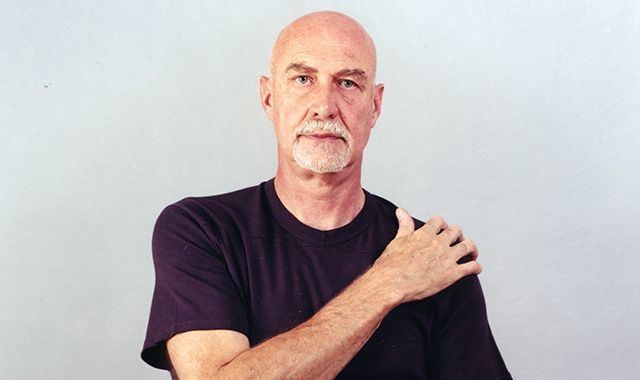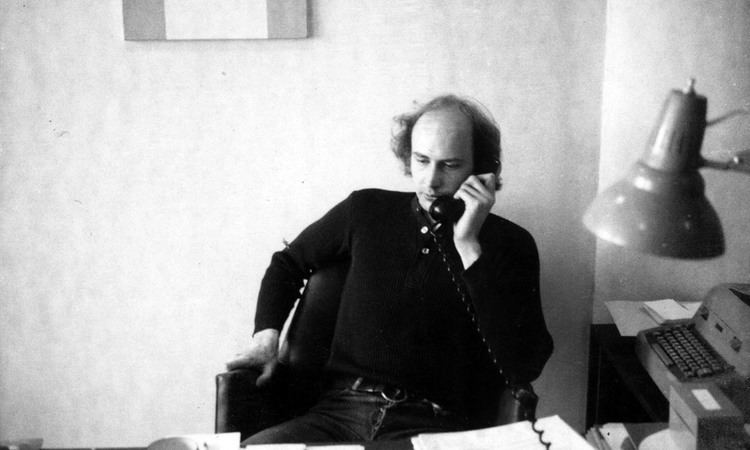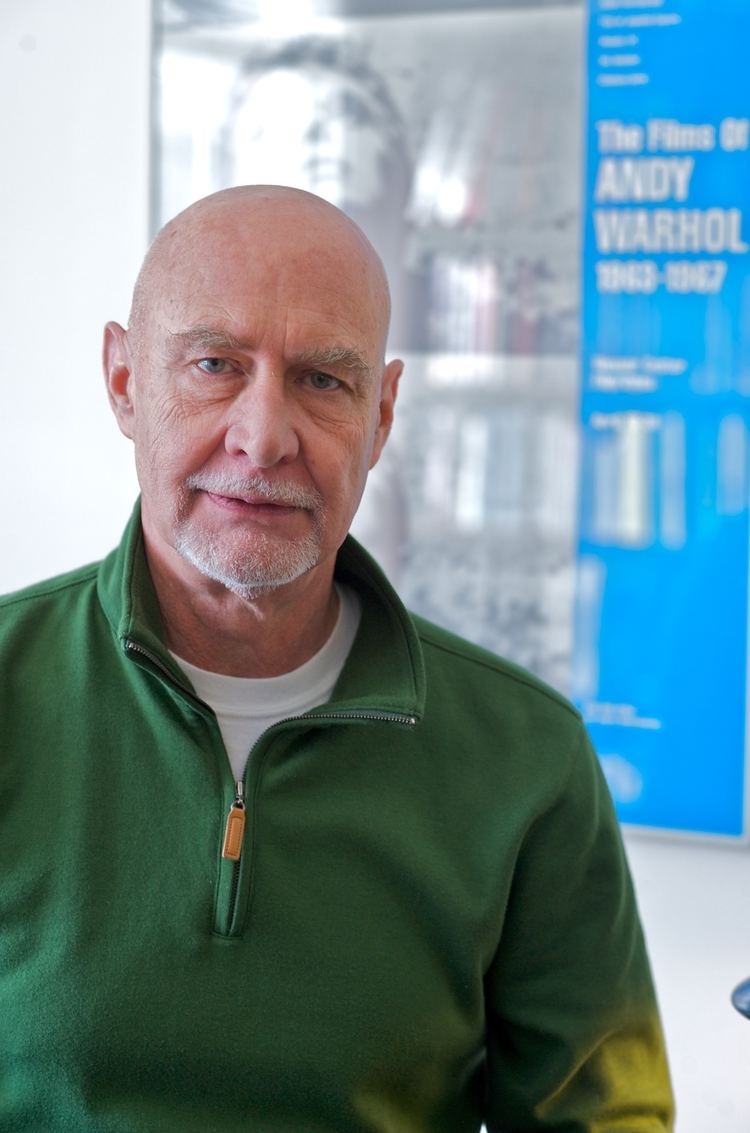Name Douglas Crimp | Role Professor | |
 | ||
Education Tulane University, Graduate Center, CUNY Nominations Lambda Literary Award for AIDS Books On the museum's ruins, AIDS Demo Graphics, Melancholia and Moralism, "Our Kind of Movie": The Films, Louise Lawler: An Arrangem | ||
Douglas crimp on aids and activism
Douglas Crimp (born 1944) is an American professor in art history based at the University of Rochester.
Contents

The lasting influence of douglas crimp
Biography

Born in Coeur d'Alene, Idaho, Crimp went to Tulane University in New Orleans on a scholarship to study art history. His career started after moving to New York in 1967, where he worked as a curatorial assistant at the Guggenheim Museum and as an art critic, writing for Art News and Art International. In 1967 Crimp worked briefly for the couturier Charles James, helping him organize his papers to write his memoir.

Between 1971 and 1976 Crimp taught at The School of Visual Arts before enrolling graduate school at the Graduate Center at CUNY where he studied contemporary art and theory with Rosalind Krauss. In 1977 he became the managing editor of the journal October, which had been founded by Rosalind Krauss, Annette Michelson, and Jeremy Gilbert-Rolfe in 1976. He was quickly appointed to be a co-editor, and he was a central figure in the journal until he left in 1990.

Shortly after he left October, Crimp taught gay studies at Sarah Lawrence College. In 1992 he began teaching in the Visual and Cultural Studies Program at the University of Rochester, where he is now the Fanny Knapp Allen Professor of Art History.
Overview
Crimp has been an important critic in the development of postmodern art theory. In 1977 he curated the influential exhibition Pictures at Artists Space, presenting the early work of Sherrie Levine, Jack Goldstein, Philip Smith, Troy Brauntuch, and Robert Longo. Two years later he elaborated the discussion of postmodern artistic strategies in an essay with the same title in October, including Cindy Sherman in what came to be known as the Pictures Generation. In his 1980 October essay On the Museum's Ruins he applied the ideas of Foucault to an analysis of museums, describing them as an "institution of confinement" comparable to the asylums and prisons that are the subjects of Foucault's investigations. His essays on postmodernist art and institutional critique were published in the 1993 book On the Museum’s Ruins.
In 1985, Crimp was one of numerous art critics, curators, and artists who spoke at a General Services Administration hearing in defense of Richard Serra's controversial public sculpture Tilted Arc, which had been commissioned as a site-specific piece for Federal Plaza in New York and was ultimately removed in 1989.
In 1987 Crimp edited a special AIDS-issue of October, entitled AIDS: Cultural Analysis/Cultural Activism. In his introduction to the edition Crimp argued for "cultural practices actively participating in the struggle against AIDS and its cultural consequences." During this time he was an active member of the AIDS-activist group ACT UP in New York. Mourning and Militancy (1989) discusses the connections between the artistic representations of mourning and the politic interventions of militancy. Crimp argues that these two opposing positions should be allowed to co-exist. In 1990 he published a book entitled AIDS Demo Graphics on the activist esthetics of ACT UP together with Adam Rolston. Crimp’s work on AIDS has been seen as an important contribution to the development of queer theory in the US. In 2002 he published all his previous work on AIDS in the book Melancholia and Moralism – Essays on AIDS and Queer Politics.
In 2016, Crimp published his memoir, Before Pictures, on the relationship between the art world and the gay world in New York in the 1960s and 1970s.
